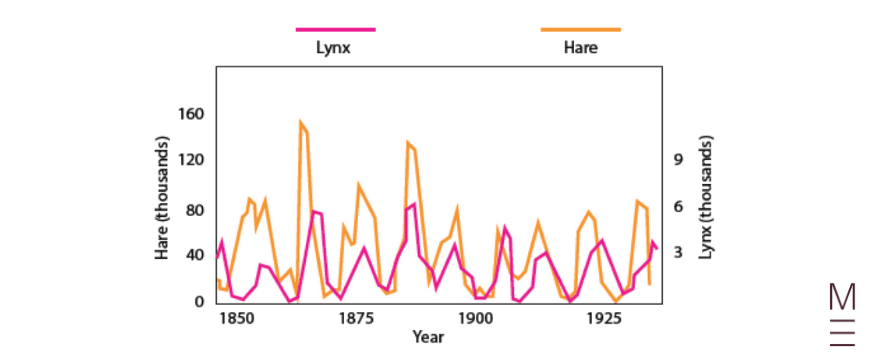Welcome to Matrix Education
To ensure we are showing you the most relevant content, please select your location below.
Select a year to see courses
Learn online or on-campus during the term or school holidays
Learn online or on-campus during the term or school holidays
Learn online or on-campus during the term or school holidays
Learn online or on-campus during the term or school holidays
Learn online or on-campus during the term or school holidays
Learn online or on-campus during the term or school holidays
Learn online or on-campus during the term or school holidays
Get HSC Trial exam ready in just a week
Get HSC exam ready in just a week
Select a year to see available courses
Science guides to help you get ahead
Science guides to help you get ahead
Feeling confident about Ecosystem Dynamics? Well, let's put that knowledge to test with these 10 practice questions!

Join 75,893 students who already have a head start.
"*" indicates required fields
Related courses

Join 8000+ students each term who already have a head start on their school academic journey.
Are you prepared for your Year 11 Biology yearly exams? We have assembled the following 10 Ecosystem Dynamics practice questions to help you prepare!
You can find the answers at the bottom of the page.
Which of the following sampling methods can be used to determine the abundance of sessile populations?
(a) Transect mapping
(b) Quadrat sampling
(c) Capture-mark-recapture
(d) None of the above
The following graph depicts the relationship between Lynx and Hare populations.

(a) Identify which type of relationship exists between the two species based on the graph.
(b) Explain the pattern of abundance seen in the Lynx and the Hare populations.
Identify TWO strategies that can be implemented to restore ecosystems damaged by mining.
Which of the following can be regarded as evidence that Australia was once part of Gondwanaland?
(a) Matching rock types found in both Australia and Antarctica.
(b) Distribution of the Glossopteris fern.
(c) Matching continental margins.
(d) All of the above.
True or false?
Commensalism is the relationship between two organisms where one organism benefits while the other is unaffected.
With reference to a named organism, describe a recent extinction event.
True or false?
Food webs show how a change in abundance of one species can lead to flow-on effects to other species.
Identify ONE way in which humans have had an impact on Australian ecosystems.
Which of the following describes a mass extinction?
(a) When a large number of individuals of a species are killed.
(b) The sudden loss of a population of a species.
(c) The sudden loss of an entire species.
(d) A sudden decrease in biodiversity on Earth.
Explain ONE type of evidence that scientists can use to study past ecosystems.
Build your confidence in Year 11 Biology with Matrix! Our HSC experts will break down Ecosystem Dynamics and provide you with plenty of practice questions to ensure that you are always a few steps ahead. Learn more now.
Don't just memorise. Understand.
Expert teachers, weekly quizzes, one-to-one help! Ace your next Biology assessment with Matrix+ Online.
(b) Quadrat sampling
(a) Predator-prey relationship
(b)
Since mining is a highly destructive process, government bodies work with mining companies to implement a restoration plan once the mine has been decommissioned.
This includes:
(d) All of the above
True
Extinction of species can occur due to biotic or abiotic factors, natural phenomena such as climate shifts or human activities such as hunting.
A recent extinction event is the Thylacine (Tasmanian tiger) which was a carnivorous marsupial closely related to the Tasmanian devil. The Thylacine was thought to be hunting sheep and so was hunted to protect farms until eventually the species was wiped out.
True
Answers include air pollution, plastic pollution, land clearing, hunting, introduced species and changed fire regimes.
Fire use for Aboriginal land management lead to a higher prevalence of fire tolerant plant species and expansion of grasslands. Species that eat grasses (such as kangaroo) became more common.
(d) A sudden decrease in biodiversity on Earth.
Examples include Aboriginal rock paintings, rock structure and formation and ice core drilling.
Ice core drilling can be used to provide evidence about past climates. As snow builds up and compacts to ice, particles such as gas, dust or pollen become trapped in bubbles. Ice cores taken from polar ice caps and glaciers can be used by scientists to study past environments through analysing the particles trapped in the ice cores.
Written by Matrix Science Team
The Matrix Science Team are teachers and tutors with a passion for Science and a dedication to seeing Matrix Students achieving their academic goals.© Matrix Education and www.matrix.edu.au, 2025. Unauthorised use and/or duplication of this material without express and written permission from this site’s author and/or owner is strictly prohibited. Excerpts and links may be used, provided that full and clear credit is given to Matrix Education and www.matrix.edu.au with appropriate and specific direction to the original content.